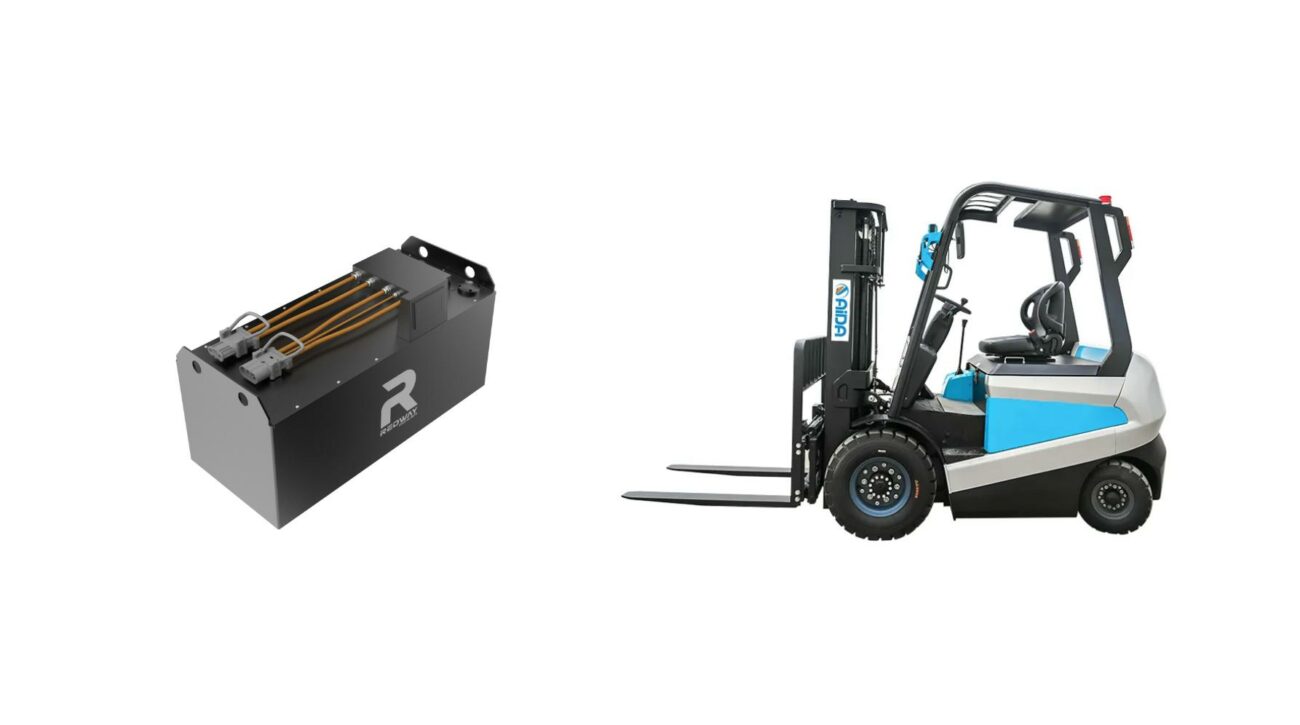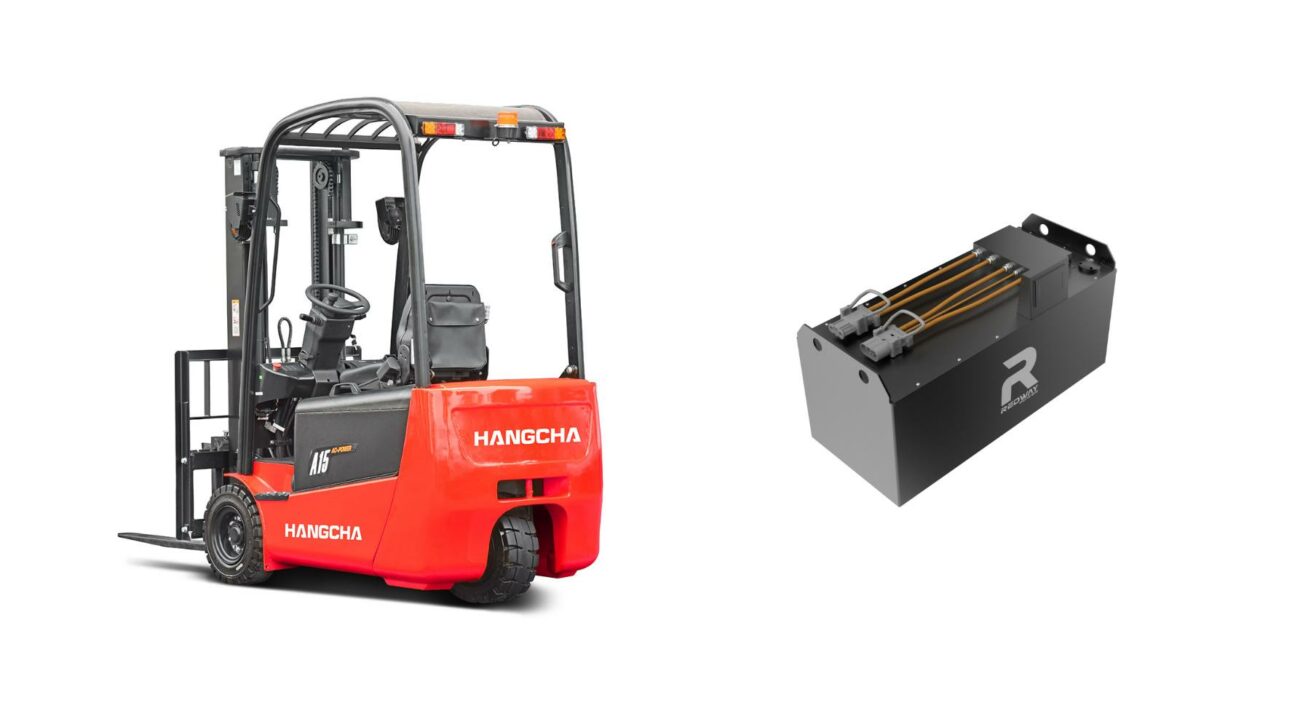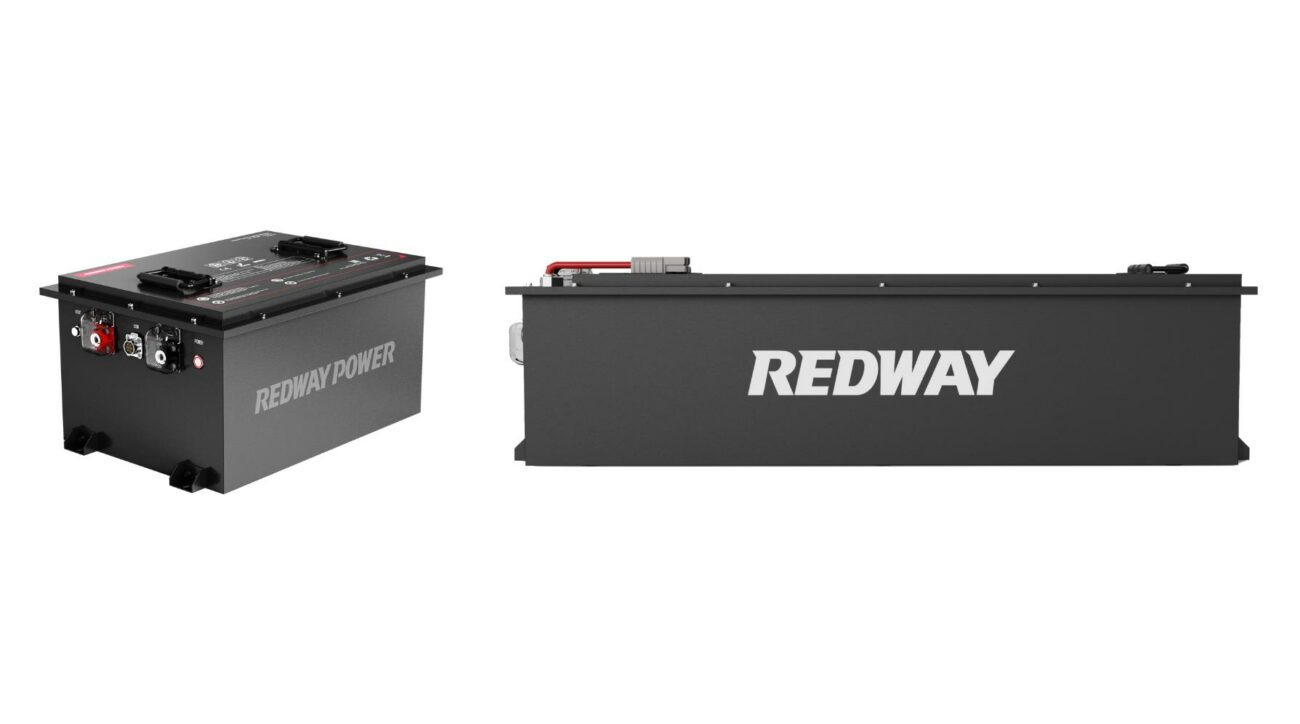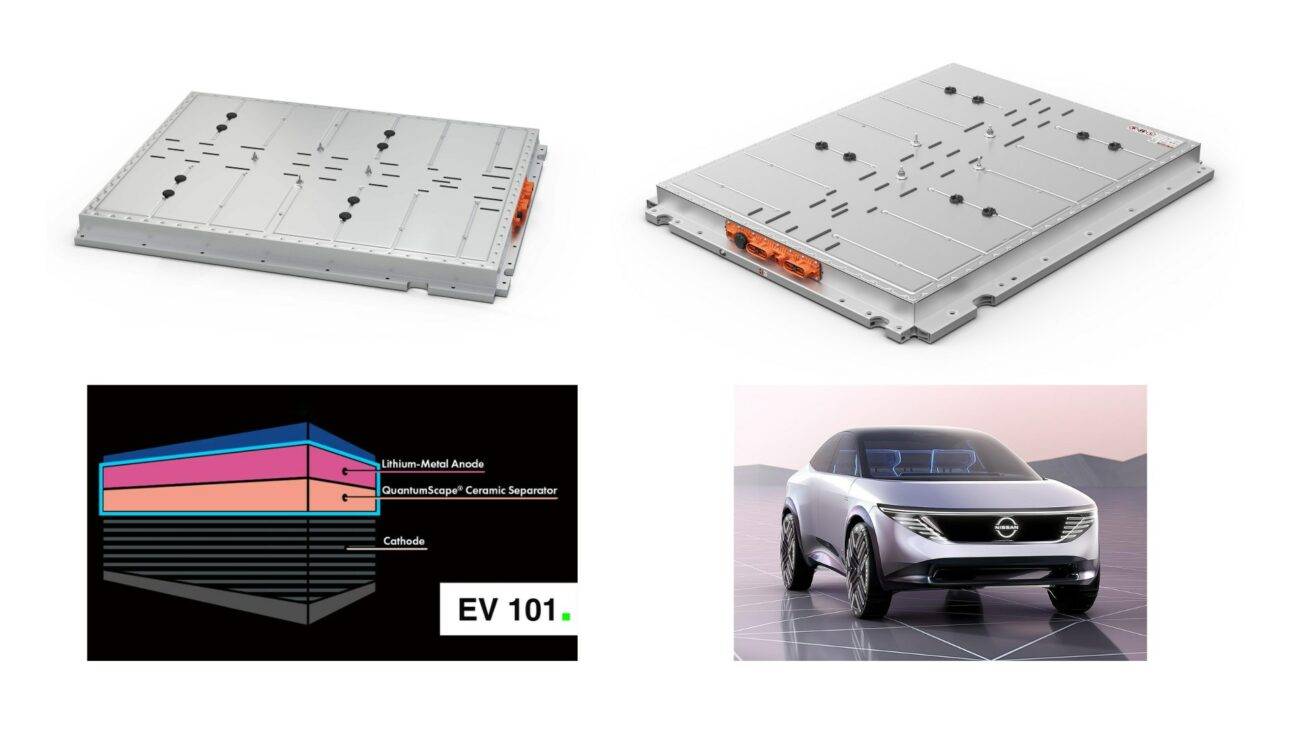The electric bike (eBike) revolution is charging full speed ahead across American cities and trails, fueled by lithium battery advancements that are reshaping personal transportation. With 40% annual growth in U.S. eBike sales since 2020 according to NPD Group, lithium-ion technology has become the backbone of this mobility transformation. These energy-dense power sources now enable commuters to conquer San Francisco’s hills, help families extend their recreational range, and allow eco-conscious riders to replace 78% of car trips under 10 miles – all while delivering unprecedented performance benchmarks.
48V 280Ah Lithium Forklift Battery
Why Lithium Batteries Dominate Modern eBikes
Lithium-ion batteries have dethroned older nickel-metal hydride and lead-acid systems by offering 60% more range per charge cycle and 50% faster recharge times. A typical 500Wh lithium eBike battery now achieves:
- 40-100 mile range depending on assist level
- 4-hour full recharge (vs 8+ hours for NiMH)
- 1,000-2,000 complete charge cycles (3-5x lead-acid lifespan)
Major manufacturers like Specialized and Trek report that 92% of their 2024 eBike models exclusively use lithium batteries. The economic advantages are equally compelling – while lithium batteries cost 30% more upfront than lead-acid alternatives, their total 5-year ownership costs are 45% lower when factoring in replacement cycles and energy efficiency.
Breakthrough Technologies Supercharging eBike Performance
Innovators are pushing lithium battery capabilities into new territories:
| Technology | Energy Density | Charge Time | Real-World Application |
|---|---|---|---|
| Graphene-Enhanced | 280 Wh/kg | 35 mins (80%) | Specialized Turbo Creo SL II |
| Solid-State Prototypes | 400 Wh/kg | 12 mins | Expected 2026-2028 models |
| Modular Batteries | Customizable 36-72V | Hot-swappable | Juiced Bikes HyperScrambler 2 |
Bosch’s new Smart System integrates battery management AI that learns riding patterns, extending range by 22% through adaptive power distribution. Temperature resilience has also improved dramatically – Shimano’s latest cells maintain 95% capacity at 14°F (-10°C), crucial for winter commuting in Chicago or Minneapolis.
Environmental and Economic Impact
The shift to lithium-powered eBikes delivers measurable sustainability benefits:
- 97% lower per-mile emissions than gas vehicles (EPA data)
- 85% energy efficiency vs 25% for internal combustion engines
- 500 lbs annual CO2 reduction per commuter replacing car trips
Municipalities are amplifying these benefits through incentives like Denver’s $1,200 eBike rebate and NYC’s protected bike lane expansions. For businesses, delivery fleets using eCargo bikes report 60% lower operating costs than vans in urban areas.
Choosing and Maintaining Your eBike Battery
When selecting an eBike battery, consider these key factors:
- Voltage & Amp-Hours: Match to your typical ride distance (e.g., 48V 14Ah = ~45 mile range)
- Battery Chemistry: LFP (LiFePO4) offers longevity, NMC provides higher energy density
- Smart Features: Look for Bluetooth diagnostics and theft protection
Proper maintenance extends battery life significantly:
- Store at 40-80% charge in temperatures between 50-77°F
- Use manufacturer-approved chargers to prevent voltage spikes
- Clean contacts monthly with isopropyl alcohol
FAQs: Addressing Common eBike Battery Concerns
- Can I fly with my eBike battery?
- Most airlines permit batteries under 300Wh capacity. Always carry-on and check airline-specific rules.
- How long until battery replacement?
- Quality lithium batteries retain 80% capacity after 1,000 cycles – typically 3-5 years of regular use.
- Are swollen batteries dangerous?
- Yes. Immediately stop using and contact a certified technician if casing appears distorted.
“The next five years will bring more innovation to eBike batteries than the previous twenty,” predicts Tesla alum and eBike innovator Sarah Chen. “We’re developing self-healing electrolytes that repair minor degradation and solar-integrated batteries that gain 10-15 miles daily from sunlight exposure.”
Future Trends: What’s Next for eBike Power?
Emerging technologies promise to revolutionize urban mobility:
- Wireless Charging: 90-second pit stops at smart bike racks
- Kinetic Energy Recovery: Regenerative braking adding 8-12% range
- Biodegradable Batteries: Organic cell prototypes achieving 85% recyclability
As battery costs continue falling 8-12% annually and energy densities improve, eBikes are poised to become the default choice for urban transportation. With proper infrastructure development and consumer education, lithium-powered eBikes could displace 10 million car trips daily in the U.S. by 2030 – creating cleaner cities and healthier riders one revolution at a time.








